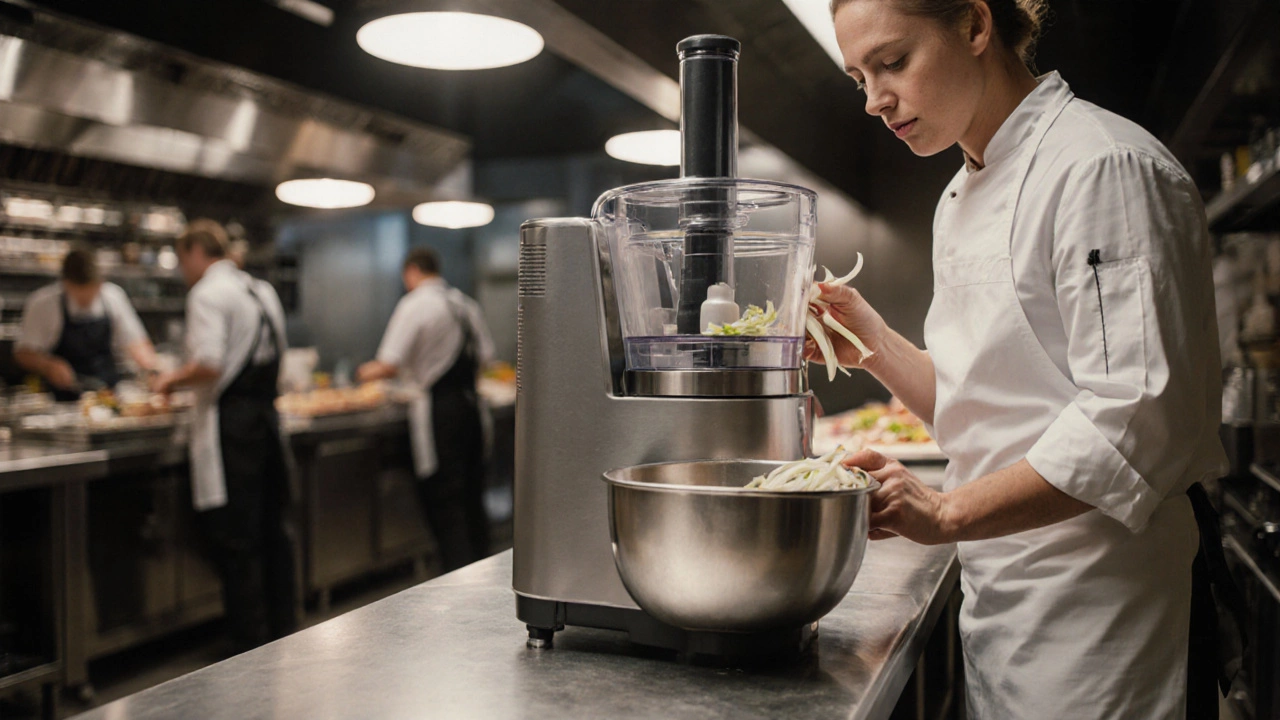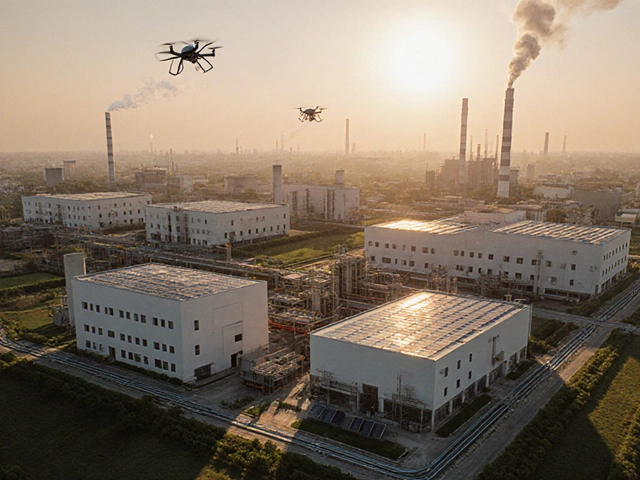Kitchen Equipment: Essential Tools for Modern Food Production
When working with kitchen equipment, the tools and machines that transform raw ingredients into ready‑to‑serve dishes in commercial settings. Also known as commercial kitchen machinery, it drives efficiency, food safety, and product consistency, the sector relies on several connected concepts. Kitchen equipment encompasses food processing units, facilities that convert raw agricultural produce into packaged foods. It requires industrial manufacturing, large‑scale production methods that ensure durability and compliance and directly influences the design of restaurant equipment, the appliances and fixtures used in dining‑service environments. These relationships form the backbone of today’s food‑service ecosystem.
From Raw Materials to Finished Dishes: The Role of Food Processing Units
The food processing unit, a plant that handles cleaning, cutting, mixing, cooking, and packaging of food items is a critical link between agricultural output and kitchen operations. Modern units integrate stainless‑steel conveyors, high‑speed slicers, and automated cooking chambers, all built through industrial manufacturing, processes that apply precision engineering, quality control, and scalable production techniques. This manufacturing backbone enables the production of consistent, safe, and ready‑to‑cook ingredients that chefs rely on. When a food processing unit upgrades its line, the downstream kitchen equipment often needs to adapt—new packaging dimensions may require different storage racks, and altered cooking times can affect ovens and steamers. Understanding this flow helps buyers anticipate equipment upgrades before they become urgent.
Beyond the mechanical link, regulatory standards bind these entities together. The same food‑safety certifications that apply to a processing plant—like FSSAI compliance—also govern the design of kitchen appliances. This shared compliance framework means that a manufacturer of restaurant equipment, items such as fryers, grills, and dishwashers used in commercial eateries must meet the same hygiene and material standards demanded of processing‑unit machinery. Consequently, any innovation in one area ripples across the entire value chain, reinforcing why a holistic view matters for anyone investing in kitchen equipment.
Trends like automation and the Internet of Things (IoT) are reshaping both processing plants and kitchen floors. Smart sensors now monitor temperature, humidity, and energy use in real time, allowing operators to fine‑tune processes for minimal waste. These IoT‑enabled devices are often manufactured using advanced industrial manufacturing, techniques such as robotic assembly and additive manufacturing that produce complex, lightweight components. The data they generate feeds directly into kitchen management software, helping chefs schedule equipment usage, predict maintenance, and reduce downtime. In short, the digital bridge between food‑processing units and kitchen gear is becoming a decisive competitive edge.
Cost considerations also play a big part in equipment decisions. Starting a small‑scale food operation may involve budgeting for a compact food processing unit, often a modular line of mixers, slicers, and vacuum sealers that fit within limited floor space. Those same machines must be compatible with the kitchen’s existing restaurant equipment, ensuring that workflows remain smooth and that space is used efficiently. Understanding the 5 M’s of manufacturing—Man, Machine, Material, Method, Measurement—helps entrepreneurs balance labor costs, equipment depreciation, and material waste. By aligning these factors early, businesses can avoid costly retrofits later on.
Below you’ll find a curated list of articles that dig deeper into each of these topics. From detailed cost breakdowns for small factories to the latest trends in industrial kitchen automation, the collection offers practical tips, real‑world examples, and actionable checklists. Scan through to see how each piece ties back to the core ideas of kitchen equipment, food‑processing technology, and manufacturing efficiency, and pick the insights that match your next project.
Do Restaurants Use Food Processors? Inside the Commercial Kitchen
Explore why and how restaurants rely on food processors. Learn about commercial models, safety, costs, and maintenance to boost kitchen efficiency.
Read More




